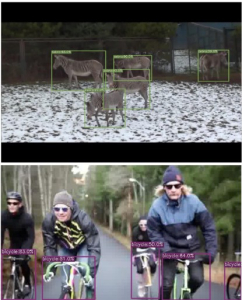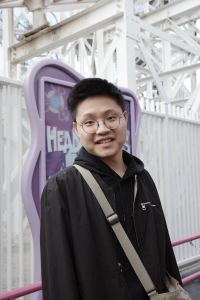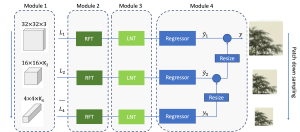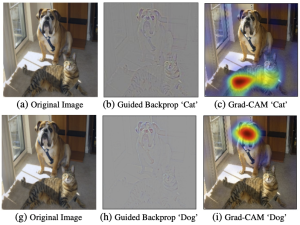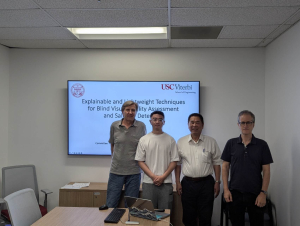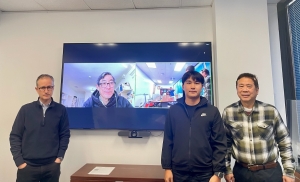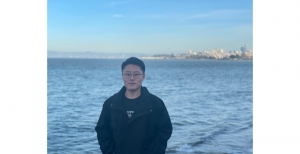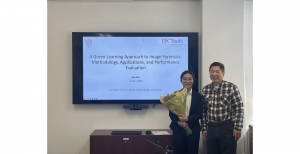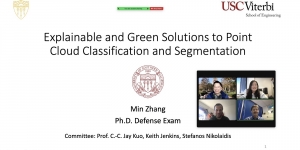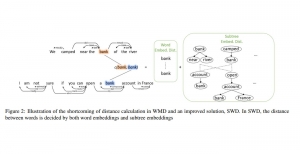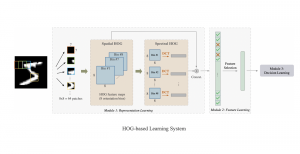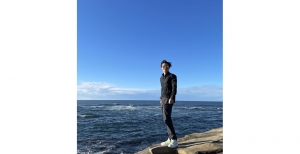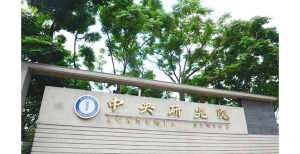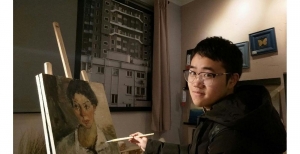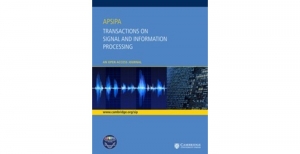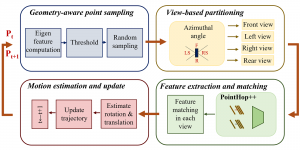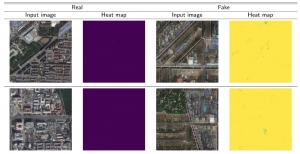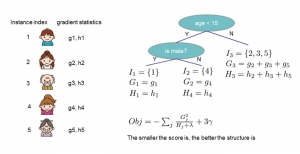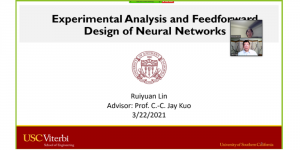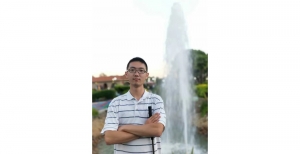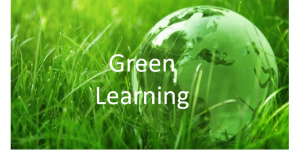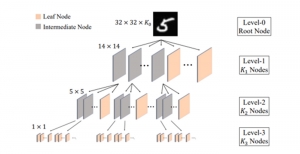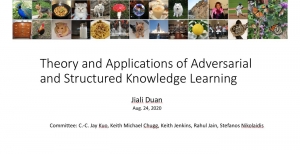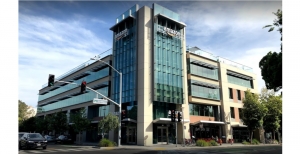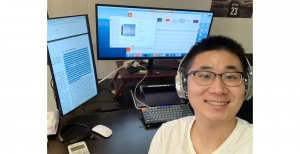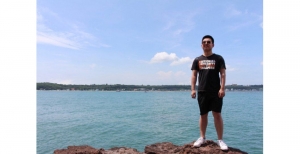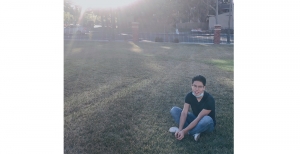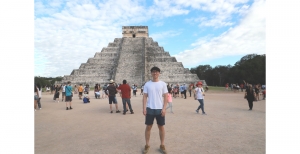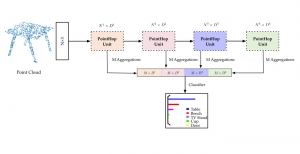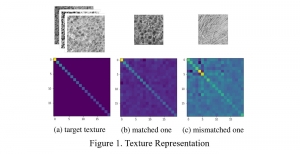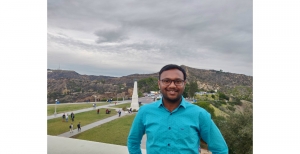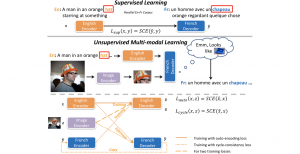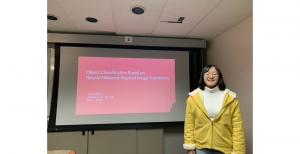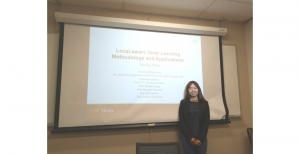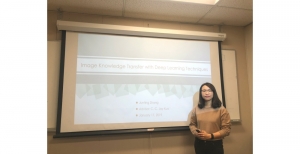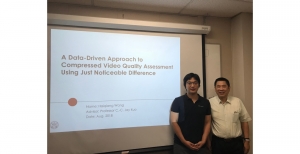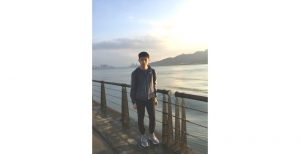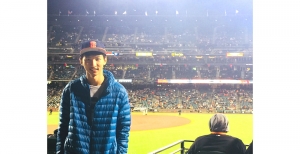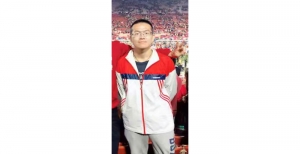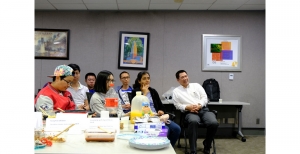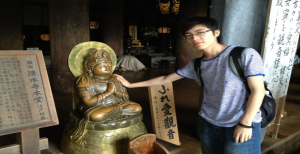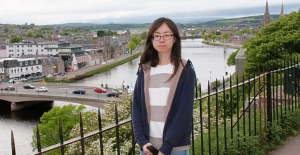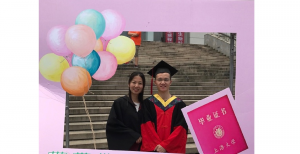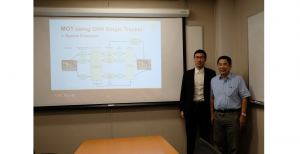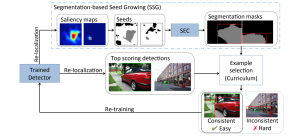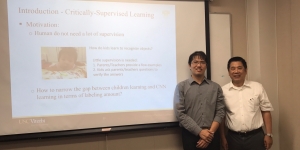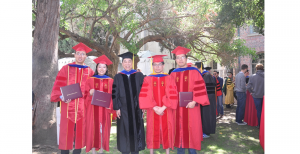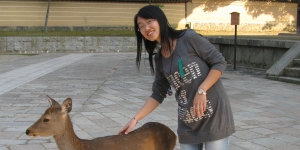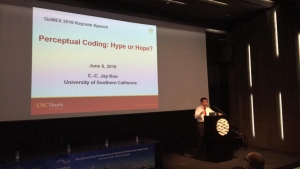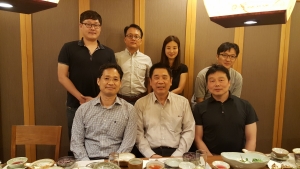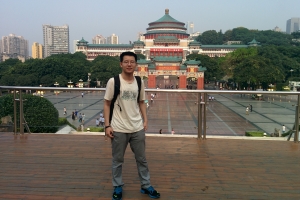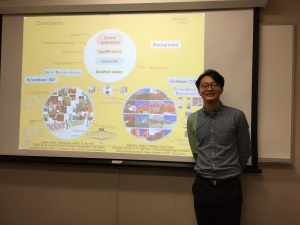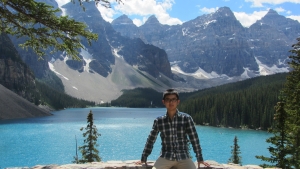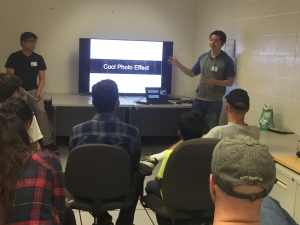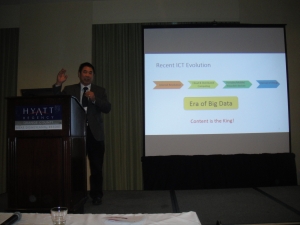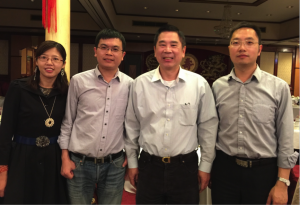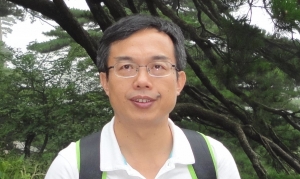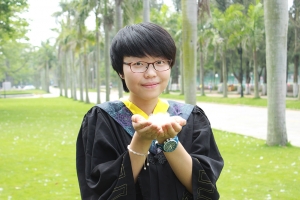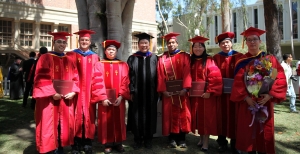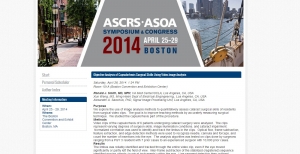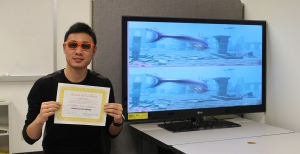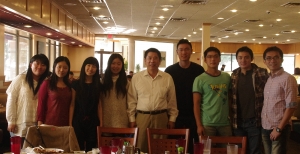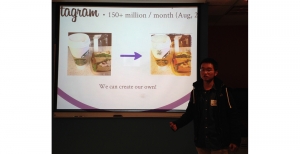A progressive edge-guided generative model, called ProGenHop, is presented in this work.
The majority of existing generative models utilize neural networks to represent the underlying data distribution. Alternatively, ProGenHop offers a novel method based on Successive Subspace Learning (SSL) for feature extraction and image generation. The benefits of ProGenHop are its interpretability and significantly lower computational complexity, as opposed to compulationally-complex, black-box neural networks. ProGenHop maintains generation quality with a small training size. Moreover, ProGenHop is easily extendable to further generative model applications, such as attribute-guided image generation, super resolution, and high-resolution image generation.
A generative model learns a distribution for the underlying dataset during the training phase. During the generation phase, samples can be drawn from the distribution as new data. Most of the prior work like the GAN-based, VAE-based, and diffusion-based generative models utilize neural networks to learn complex non-linear transformations. In our work, we utilize the SSL pipeline for feature extraction. An SSL pipeline consists of consecutive Saab transformations. In essence, the SSL pipeline receives an RGB image and converts it into a feature vector. Since Saab transformation is a variant of Principle Component Analysis (PCA), it inherits PCA properties; One of these nice properties is that the Saab transformation generates feature vectors with uncorrelated components. This property facilitates the utilization of Gaussian priors for generative model training.
ProGenHop is an unconditional generative model which has a progressive approach in generating images: it starts the unconditional generation in a low-resolution regime, then sequentially increases the resolution via a cascade of conditional generation modules. ProGenHop has three modules, namely, Generation Core, Resolution Enhancer, and Quality Booster. The first module learns the distribution of low-resolution images using a Gaussian mixture model and performs unconditional image generation of low-resolution images. The second module increases image resolution via conditional generation. And the third module adds extra textures to the generated high-resolution images. Our system adopts an edge-guided generation scheme to suppress unrealistic noisy patterns while keeping complex details and patterns in the generated images.
ProGenHop is a powerful progressive generation model that is interpretable, computationally efficient, robust to training size, and extendable to more applications. We showcase ProGenHop’s generative performance by performing extensive experiments on MNIST, Fashion-MNIST, and CelebA datasets. ProGenHop generates visually pleasant images with quantitative measures that are comparable or as good as the prior work.
— by Zohreh Azizi





















